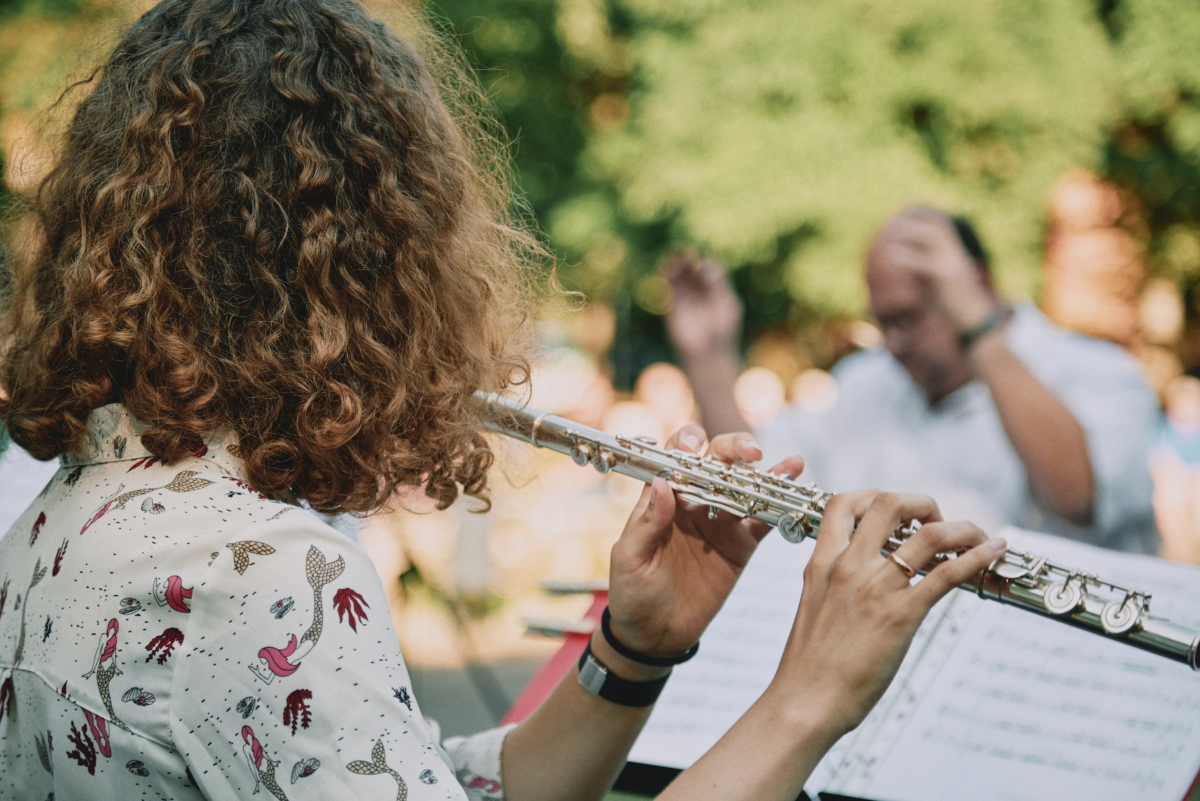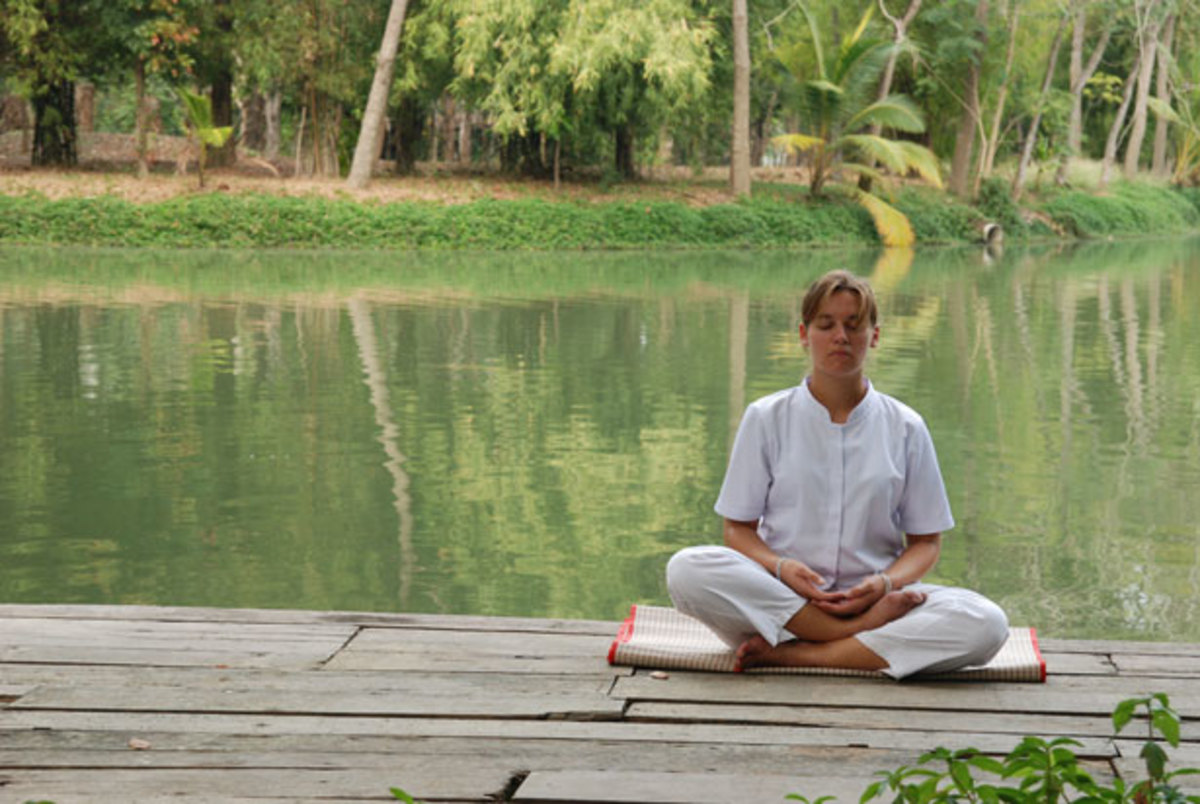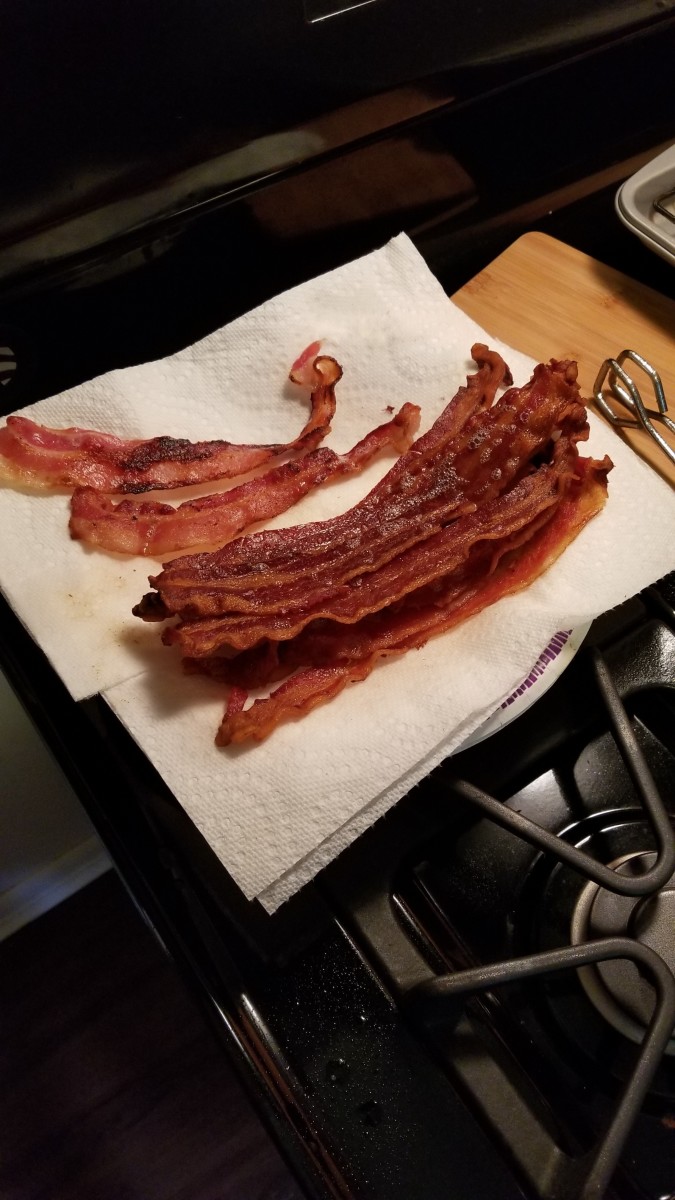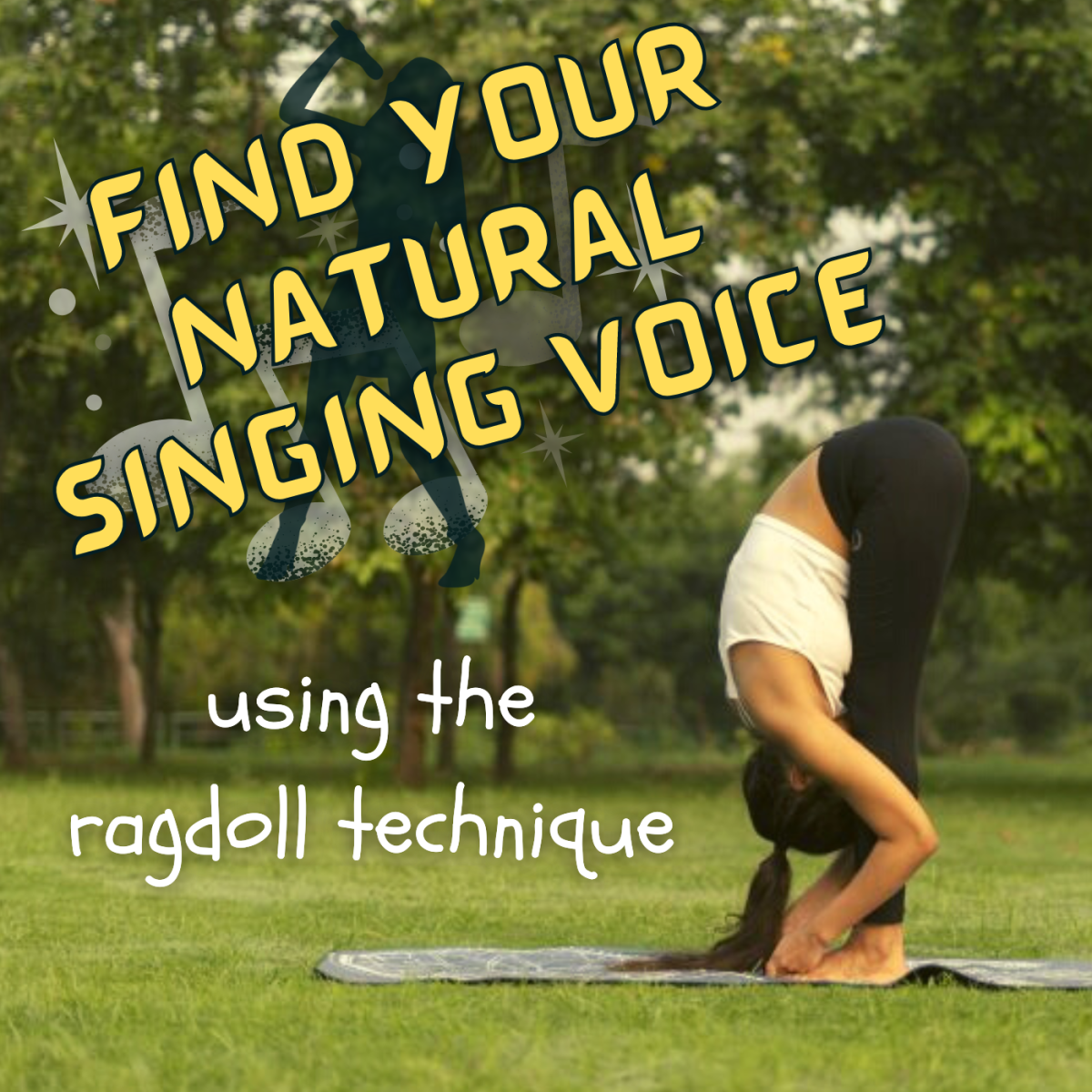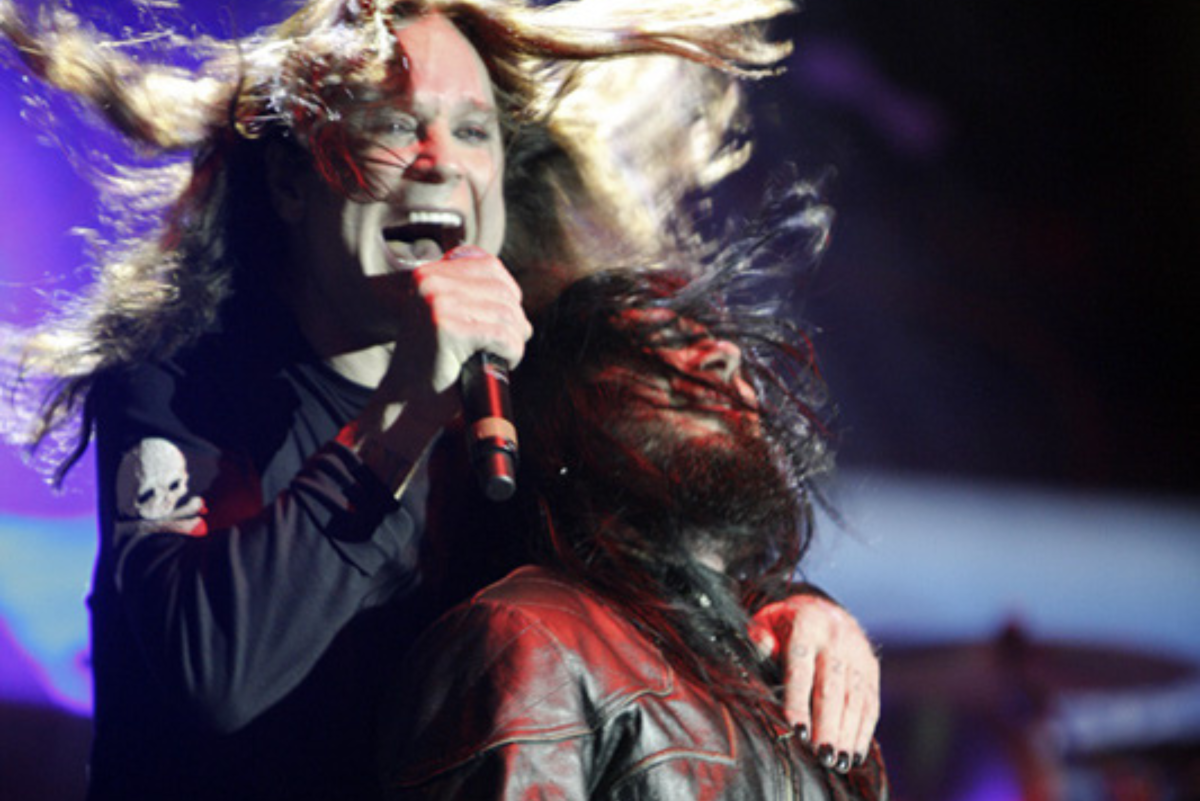Day One Flute
How many hours a week do you practice?
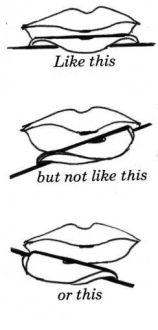
Mouth Position
You blow across the hole in the mouthpiece with a round stream of air, like whistling, but at an angle like blowing across the top of a soda bottle. You hold the flute parallel to the ground, shoulders relaxed, bottom lip resting gently and steadily on the mouthpiece.

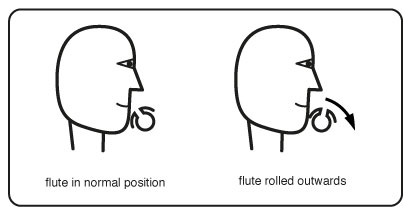
Breathing
The next step to producing good sound is using a lot of air. So much air you won't know that that your lungs could hold that much air in the first place. You have to push directly from your toes or technically your diaphragm and support the sound with a steady, natural but firm breath out. When breathing in, your abdominal muscles need to relax to allow your belly to stretch to accommodate your lungs pushing downward.
What Slouching Does to Chest Cavity
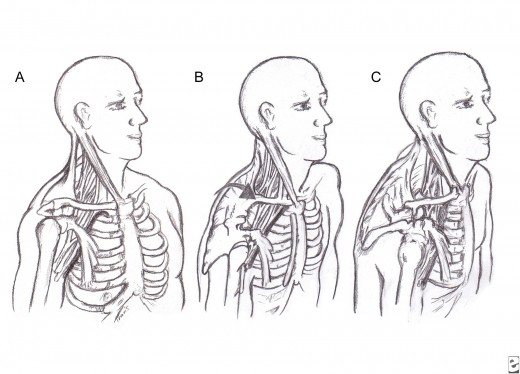
Note and Rhythm Perfection
Go slow, I cannot say this enough, if you think you are going too slow, go slower. When you are going slow enough that your notes and rhythms are perfect, do it five more times at that speed, then speed up just a little and repeat. If you make a mistake, slow back down until it is perfect again. Continue this process until you work your way up to the tempo you want, then try to get it perfect at just a bit faster, so that when you play at the correct tempo, it feels effortless.
Expression
Expression is in the subtle changes in tempo and dynamics (speed and volume) that occur naturally when you let the music run its natural course. An easy way to start to work in more expressiveness is to crescendo or decrescendo (get louder or softer) on long notes. To decide which to do, try to find a moment of peak excitement in the piece and make the rest of the piece grow towards it. In general however, the music should flow in a breathing type pattern, getting louder to a small peak then softer through the phrases.
Dynamics are technically volume, but many musicians tend to sacrifice sound for it, so instead, it helps to think of it like size. Forte (loud) is a big huge sound that fills up the space around you. Piano (soft) is like a kitten sitting in a corner, very present and able to be very active, but small.
How to play different notes
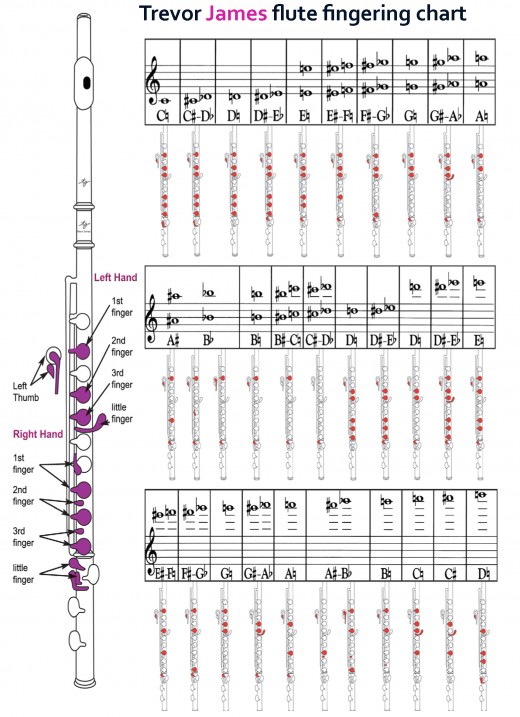
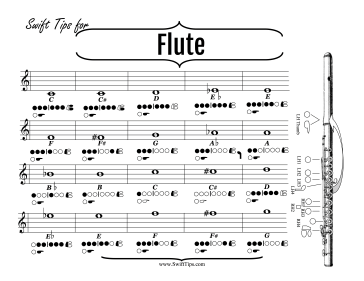
What Does That Chart Mean?
Hold the flute up as if to play it. With your fingers on the proper buttons (shown below) each circle or oval is a button your finger is on, and untouched buttons are skipped. If it is black, you push the key down, if it is empty you leave it open. Going from left to right, the set of ovals lowest on each diagram is your thumb key. There are several parts to the thumb key so pay extra attention to which part you are pushing. Then next odd shape, three keys down corresponds to your left pinkie finger. This is the Ab key. The next two very small keys are trill keys which are used to trill or wiggle certain notes. the last oddly shaped key should correspond to your right pinkie, and next to it on some charts are one, two or three more keys depending on your flute and range. But the base position is with the pinkie on the first of these as shown below.
Base Position


